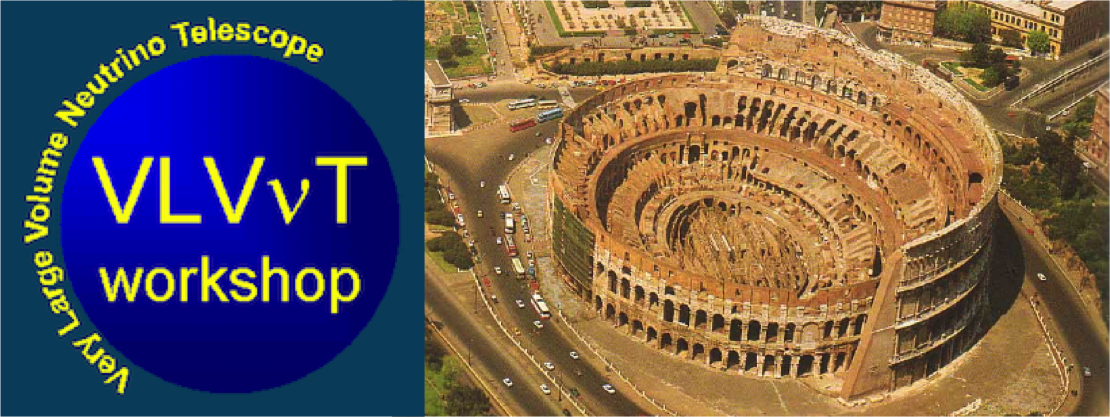Speaker
Carmelo Pellegrino
(INFN)
Description
KM3NeT is a large research infrastructure in the Mediterranean Sea that includes a network of deep-sea neutrino telescopes. The telescopes consist of vertical detection units carrying optical modules, whose separation is optimised according to the different ranges of neutrino energy that shall be explored. Two building blocks, each one made of 115 detection units, will be deployed at the KM3NeT-IT site, about 100 km from Capo Passero, Italy, to search for high-energy neutrino sources (ARCA); another building block will be installed at the KM3NeT-Fr site, about 40 km from Toulon, France, to study the hierarchy of neutrino masses (ORCA). The modular design of the KM3NeT allows for a progressive implementation and data taking even with an incomplete detector. The same scalable design is used for the Trigger and Data Acquisition Systems (TriDAS). In order to reduce the complexity of the hardware inside the optical modules, the "all data to shore" concept is adopted. This means that the throughput is dominated by the optical background due to the decay of $^{40}\mathbf{K}$ dissolved in the sea water and to the bursts of bioluminescence, about 3 orders of magnitude larger than the physics signal, ranging from ~20 Gbps to several hundreds Gbps, according to the number of detection units. In addition, information from the acoustic positioning system of the detection units must be transmitted. As a consequence of the detector construction, the on-shore DAQ infrastructure must be expanded to handle an increasing data-rate and implement an efficient fast data filtering for both the optical and acoustic channels. In this contribution, the Trigger and Data Acquisition System designed for the Phase 1 of KM3NeT and its future expansion are presented. The network infrastructure, the shore computing resources and the developed applications for handling, filtering and monitoring the optical and acoustic data-streams are described.
Author
Carmelo Pellegrino
(INFN)
Co-author
Tommaso Chiarusi
(INFN - Sezione di Bologna)
